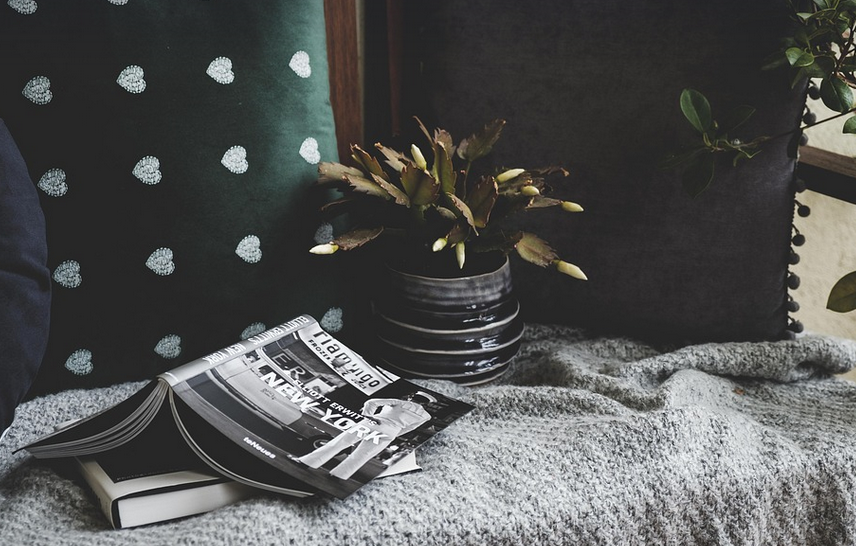
Keeping Your Green Friends Thriving: Plant Engineering And Maintenance In 2024
The Power of Plants: Beyond Just Pretty Flowers
Ever feel like your houseplant is more than just a splash of green? You’re right, plants are so much more than aesthetics! They play a vital role in cleaning the air we breathe and even have some pretty cool tricks up their sleeves when it comes to boosting our mood.
But with all these benefits, plant care can sometimes seem like an overwhelming task. If you’re someone who’s been intimidated by the idea of taking on a whole jungle of greenery, then fear not! Plant engineering and maintenance is easier than you think. It’s about understanding your plants’ needs and giving them the right environment to thrive.
The Core Principles: Engineering Your Indoor Oasis
Just like any other machine, your plants need the proper set-up for optimal performance. There are a few key elements that contribute to their well-being:
* **Light:** The foundation of plant life! Most indoor plants require at least 6 hours of bright, indirect light every day. This helps them photosynthesize, producing the food they need to grow strong and healthy. Think about natural lighting: sunny spots are great, but if there’s a lot of direct sunlight hitting your windows, your plant might get too much and start stretching towards the light, potentially burning its leaves. * **Water:** This is perhaps the most essential element! Plants need regular water, especially when their soil feels dry to the touch. But overwatering can be just as damaging as underwatering – leading to a soggy root system that will ultimately cause disease. The key is to learn your plant’s specific needs: some prefer moist soil while others like it drier. * **Humidity:** Think of this as the air conditioning for your plant friends! Many indoor plants thrive in humid environments, which helps them stay healthy and prevents their leaves from drying out. To increase humidity, you can use a humidifier or group your plants together strategically to create a microclimate that’s naturally damp. * **Temperature:** Plants are living creatures, just like us. They have preferences for certain temperatures, so it’s important to keep them within a comfortable range. Avoid placing them near drafts or cold windows as this can shock their system and make them susceptible to disease.
The Maintenance Manual: Taking Care of Your Green Crew
With the basics covered, let’s explore some specific maintenance tasks that will take your plant life to the next level:
* **Watering:** This is a big one! You need to water your plants only when needed. If you’ve just brought home an indoor plant and have no idea how often to water it, check the soil before watering. If the top inch of soil feels dry, that’s your cue to give them a drink. You don’t want to drown them or let them completely dry out! * **Fertilizing:** Think of this as giving your plants a little boost. Just like we need vitamins for our bodies, plants need nutrients to grow and flourish. Fertilizing helps ensure they get what they need. Always follow the instructions on the product label, so you’re not using more or less than recommended. * **Pruning:** Like trimming your hair, this sometimes has to be done! Pruning removes dead or overgrown leaves, encourages new growth, and opens up space for more light to reach the plant. If your plant starts looking a little straggly, it might be time for a trim. * **Repotting: ** This is when you move your plant into a bigger pot, especially if they are outgrowing their current one. Repotting gives them more room to grow and allows for better drainage, so leaves don’t become waterlogged or rot.
Troubleshooting: The Plant Whisperer Within You
Every plant owner encounters the occasional problem—like a leaf dropping off or stunted growth. Don’t worry! This is where your inner Plant Whisperer comes in.
* **Leaf Drop:** A common issue! It can indicate various things like under-watering, over-watering, pests, or even simply seasonal changes. First, check the soil moisture and adjust accordingly. Then look for any signs of insects or disease and treat them promptly if needed. * **Stunted Growth:** This could be due to a lack of light, nutrients, or water. If your plant isn’t growing as fast as you’d like, it might need some extra attention.
The Future is Green: Embracing Sustainable Plant Care
As we move forward in the year 2024 and beyond, the future of plant engineering and maintenance lies in sustainable practices.
* **Eco-Friendly Solutions:** There are lots of new eco-friendly solutions for plant care. From using natural fertilizers to investing in smart watering systems that conserve water, we’re seeing a move towards more sustainable approaches. * **The Power of Technology:** Smart sensors and apps can monitor your plants’ needs and even send alerts when they need attention. Imagine a system that tells you exactly how much light and water your plant needs, based on its unique requirements!
Conclusion: Grow with Confidence
Plant engineering and maintenance is about more than just keeping those green friends alive; it’s about understanding them, caring for them, and appreciating their beauty. By mastering the basics and learning some new tips and tricks, you can transform your indoor garden from a neglected collection of plants into a thriving oasis of life.